The subject has had progressive keratosis and basal cell carcinoma disease for over 20 years. He has been unable to prevent the progression of both precancerous conditions even after enduring multiple surgical, cryogenic (freezing), immune system activating treatment cycles with creams like Imiquimod and Aldura, as well as non-conventional treatments including multiple black salve applications.
More before and after pics here
Excessive sun can cause cellular changes leading to a range of precancerous and skin cancer conditions. Sun damage is cumulative, so as we get older we are more likely to develop various forms of precancerous skin growths or develop skin cancer.
Keratosis and basal cell carcinoma are two of the most common skin cancers, and there are several forms of each. Over 200,000 new cases are diagnosed annually in New Zealand. If left untreated, both can become serious and sometimes life threatening (squamous cell carcinoma and melanoma). If you suspect melanoma or squamous cell carcinoma see a skin specialist as soon as possible.
It is apparent from our case studies that Vitamin C is a crucial part of the protection our immune system utilises to prevent cellular damage to the skin. In harsh ultraviolet conditions Vitamin C is the main antioxidant protecting our skin cells from damage. Once all the Vitamin C in the skin has been destroyed by the oxidative action of the UV in sunlight, damage starts accruing. This leads to the inflammation first, followed by cellular damage and precancerous alterations to cellular DNA.
It is also apparent from our three case studies that Vitamin C is also capable of reversing the damage and eradicating most forms of keratosis and basal cell carcinomas.
The problem is that Vitamin C is poorly absorbed through the skin. It is very difficult to raise skin Vitamin C levels with supplements or diet. The DHAA serum used in these trials has 12 times the ability to penetrate skin compared to plain Vitamin C serums.
We have now observed three trials of the Dehydroascorbic Acid Vitamin C Serum on subjects with moderate to extensive lesions, one has been fully resolved, treatment is ongoing in the remaining two cases as the trials are not yet completed.
The extensive actinic keratosis and basal cell carcinoma case featured in the video above is on track to be completely resolved in a 14 week treatment time (10 weeks into it at time of video). 90% of lesions are already in remission.
Our earlier basal cell carcinoma case study took 12 weeks to completely resolve.
A further Keratosis - Basal Cell Carcinoma case study is almost ready for publication and some pictures can be seen following this link. This case is also on track for a complete remission and the study has four weeks to run. 80% of lesions are in remission.
If left untreated basal cell carcinoma can require complicated surgery. See Videos at bottom of linked page.
"Considering how effective and simple this treatment is, and the way it reveals affected areas before they are visible, wouldn't it be prudent to treat any suspicious spots or dry scaly areas earlier, rather than waiting for them to become more serious - or if they are keratosis or basal cell carcinoma - to prevent change into a more serious cancerous form."
The treatment regime used in these case studies is to apply one to two drops to the affected area and spread with a wetted hand. This should be done once or twice daily until the lesion has completely disappeared. Usually one to two weeks for small areas and up to 14 weeks for extensive or deeper lesions. One drop of the serum will treat a 10cm (4 inch) diameter circle of skin to maximum DHAA Vitamin C saturation levels. Lesser dosages are still effective, while more does not improve skin absorption as it is already at saturated levels.
If you happen to get sunburn, the DHAA Vitamin C Serum is great for speeding recovery and may also repair cellular damage, before it gets any opportunity to develop into any of the conditions mentioned here.
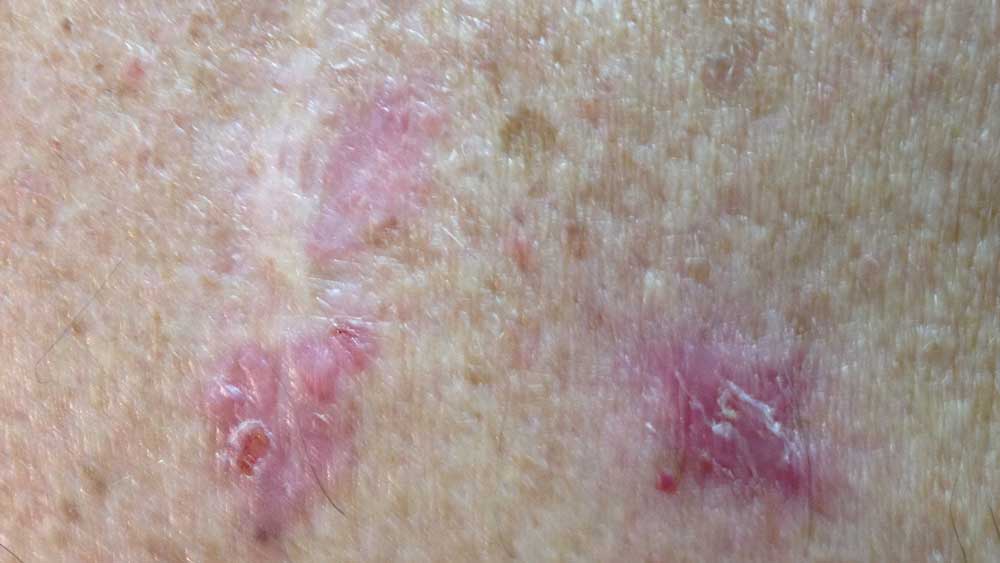

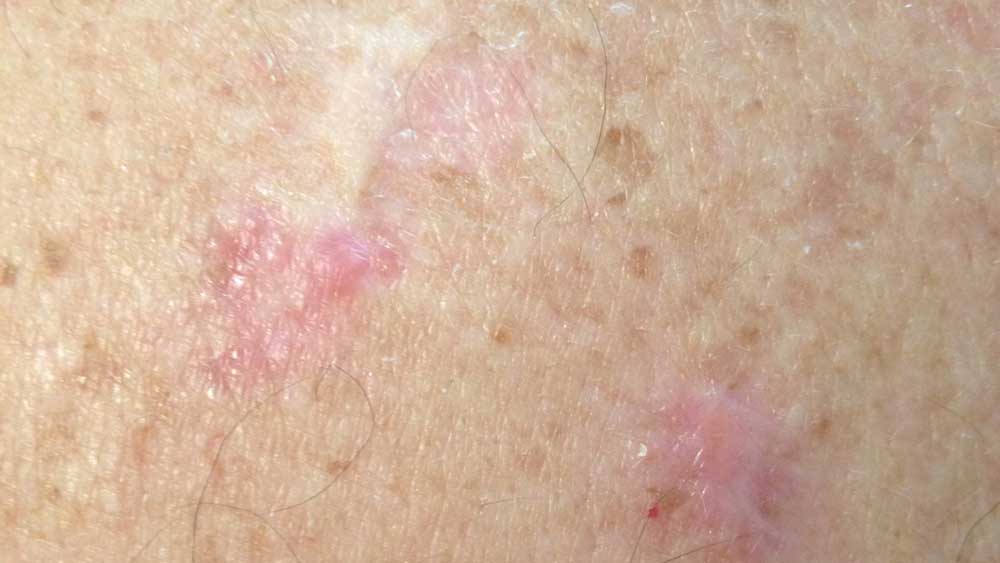

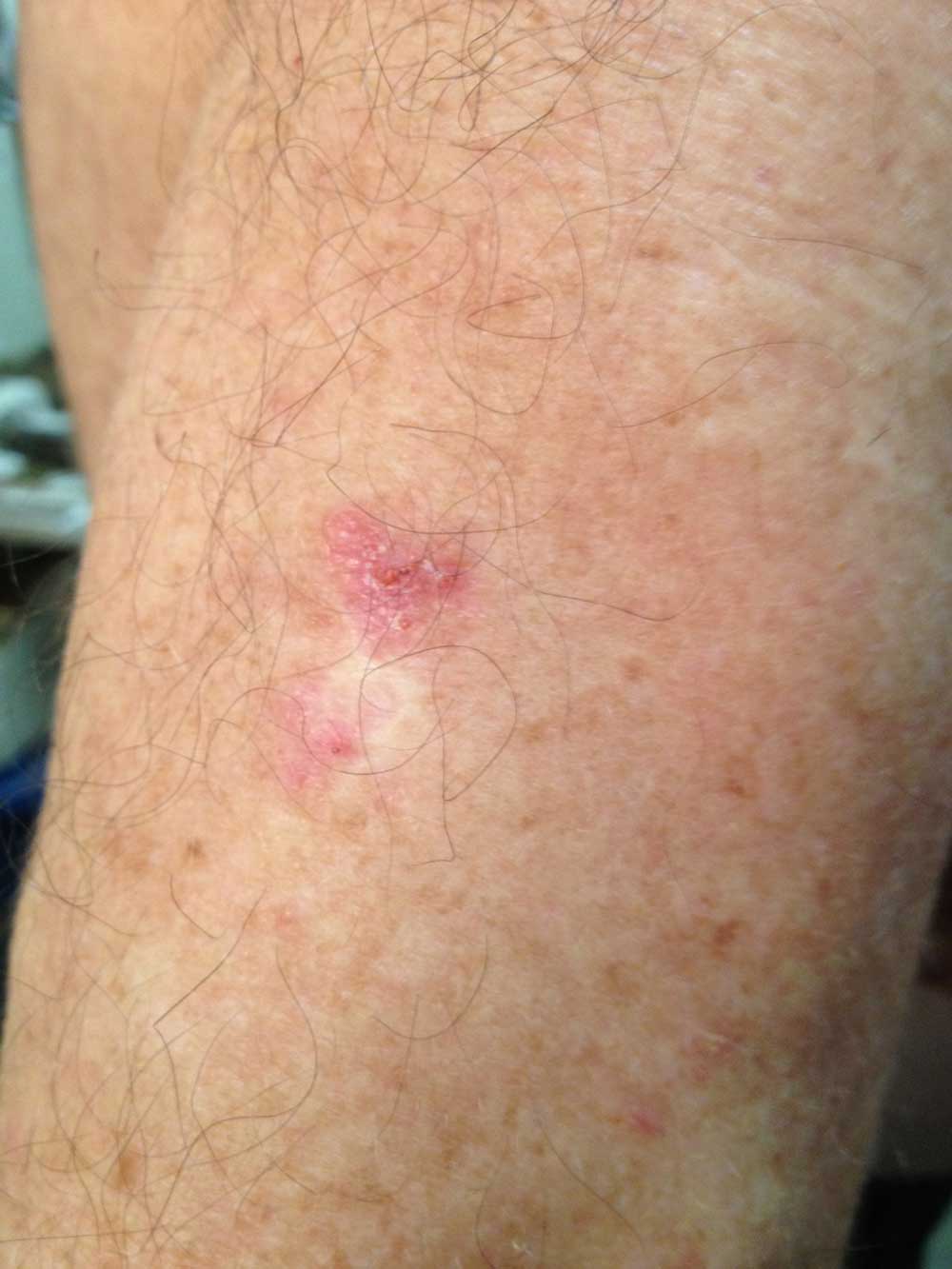
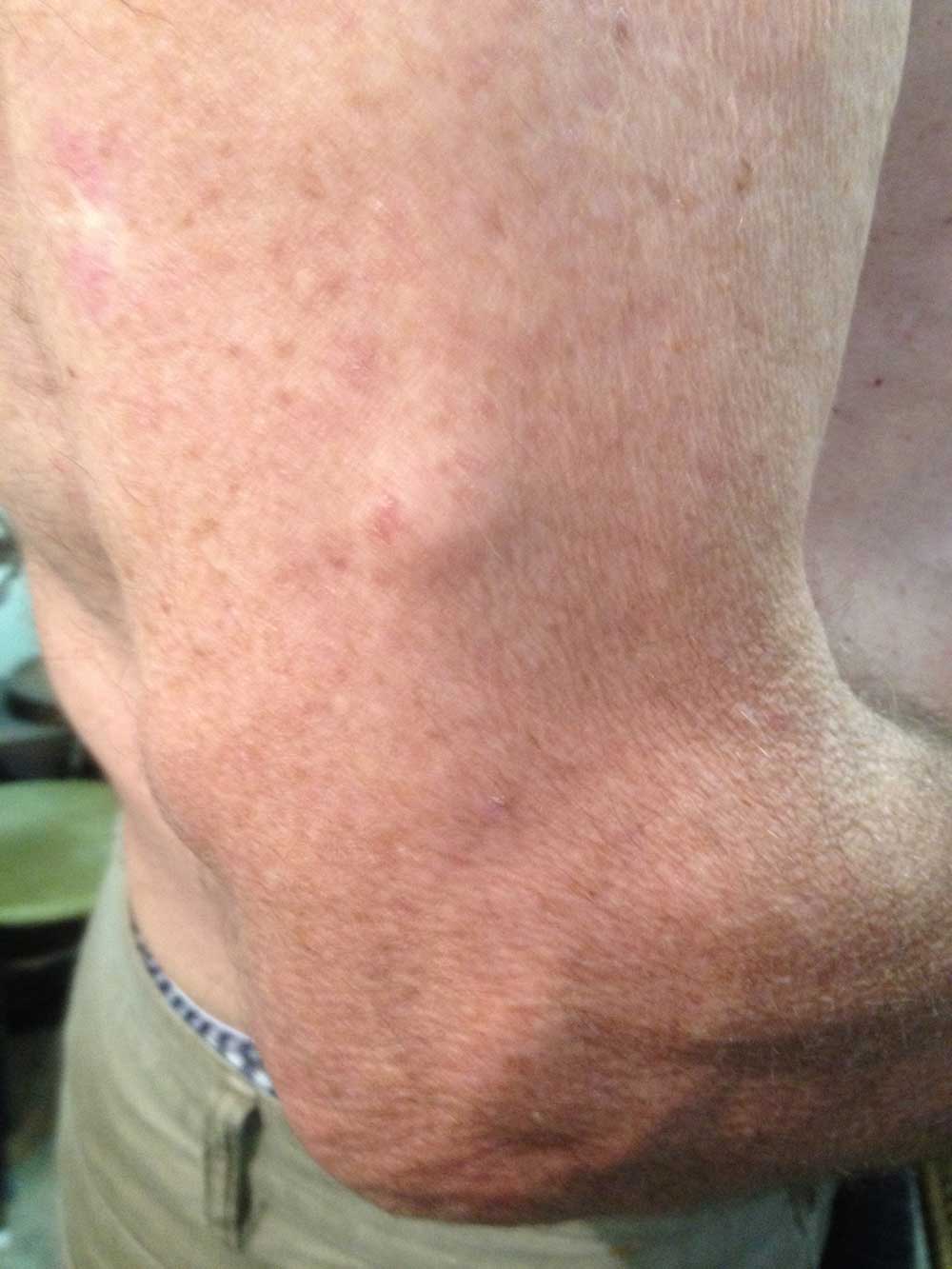
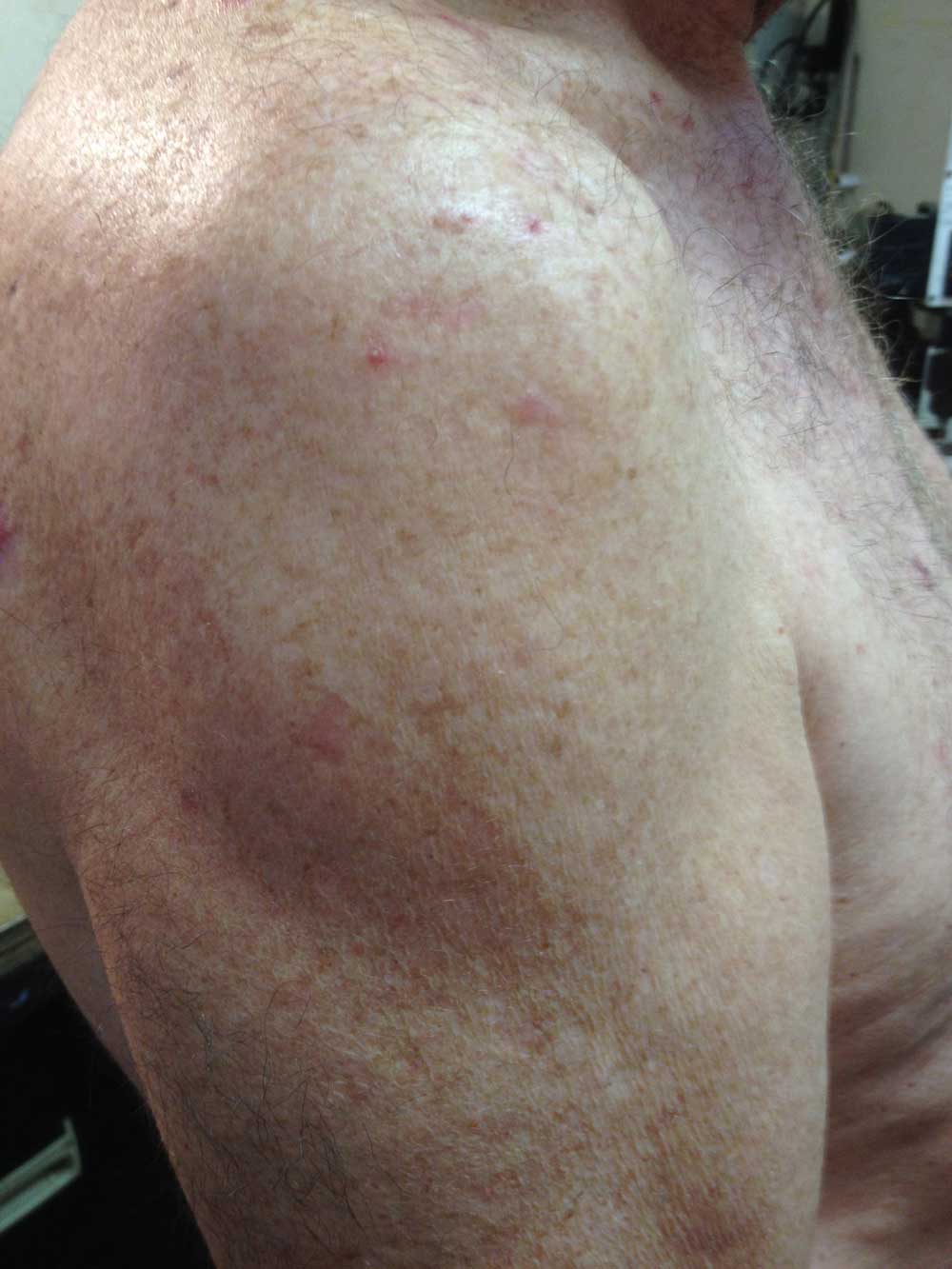
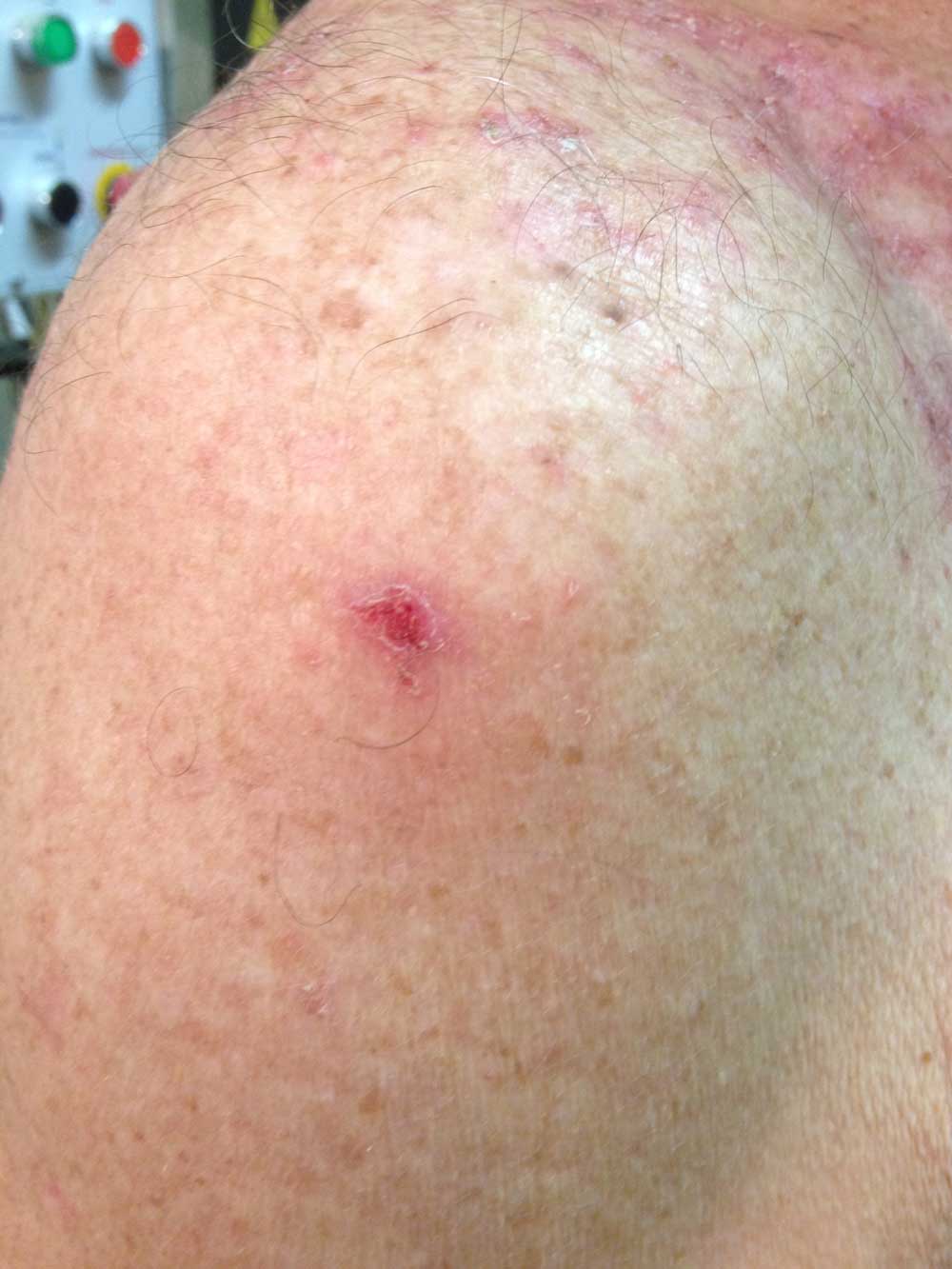

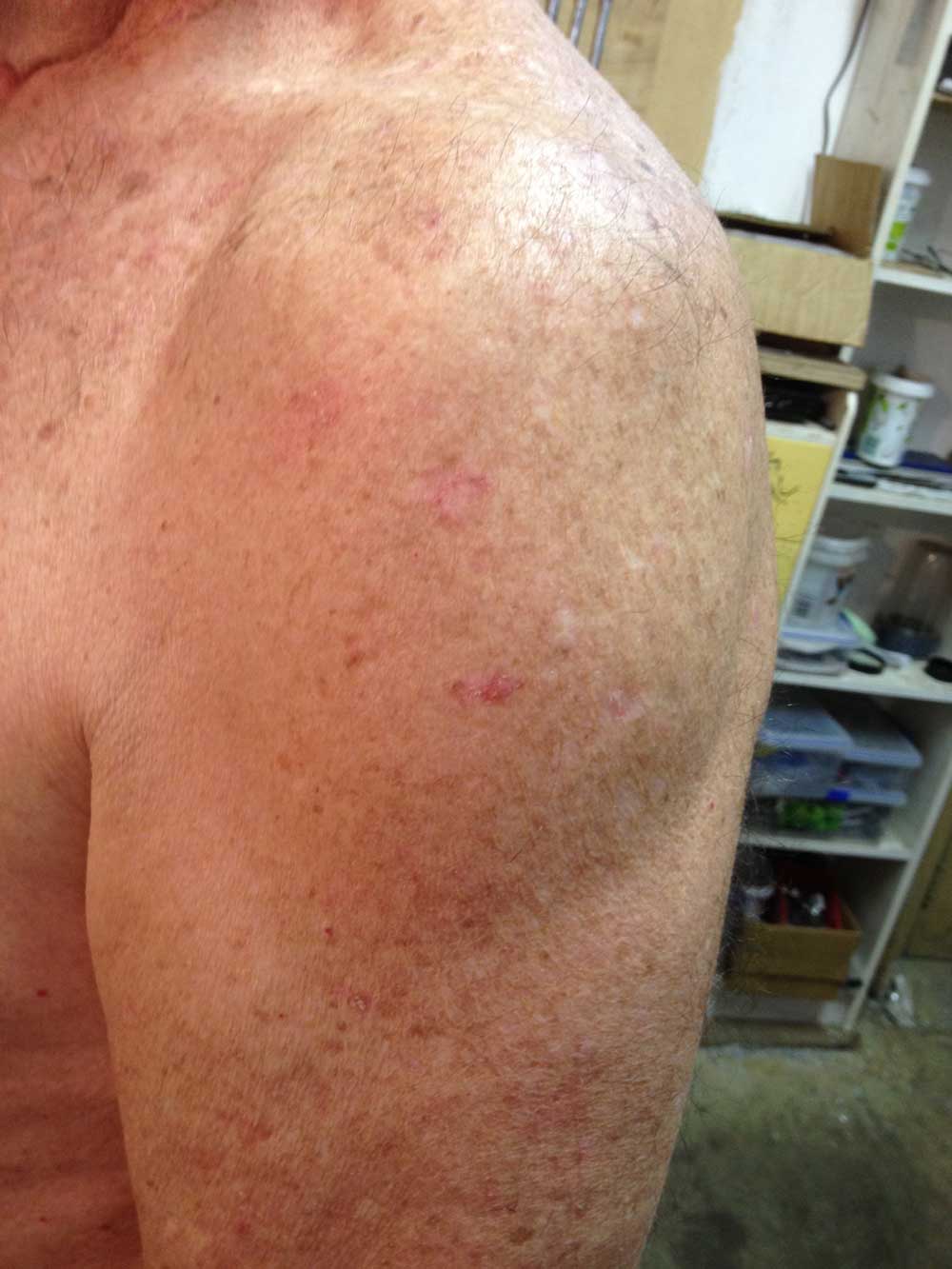

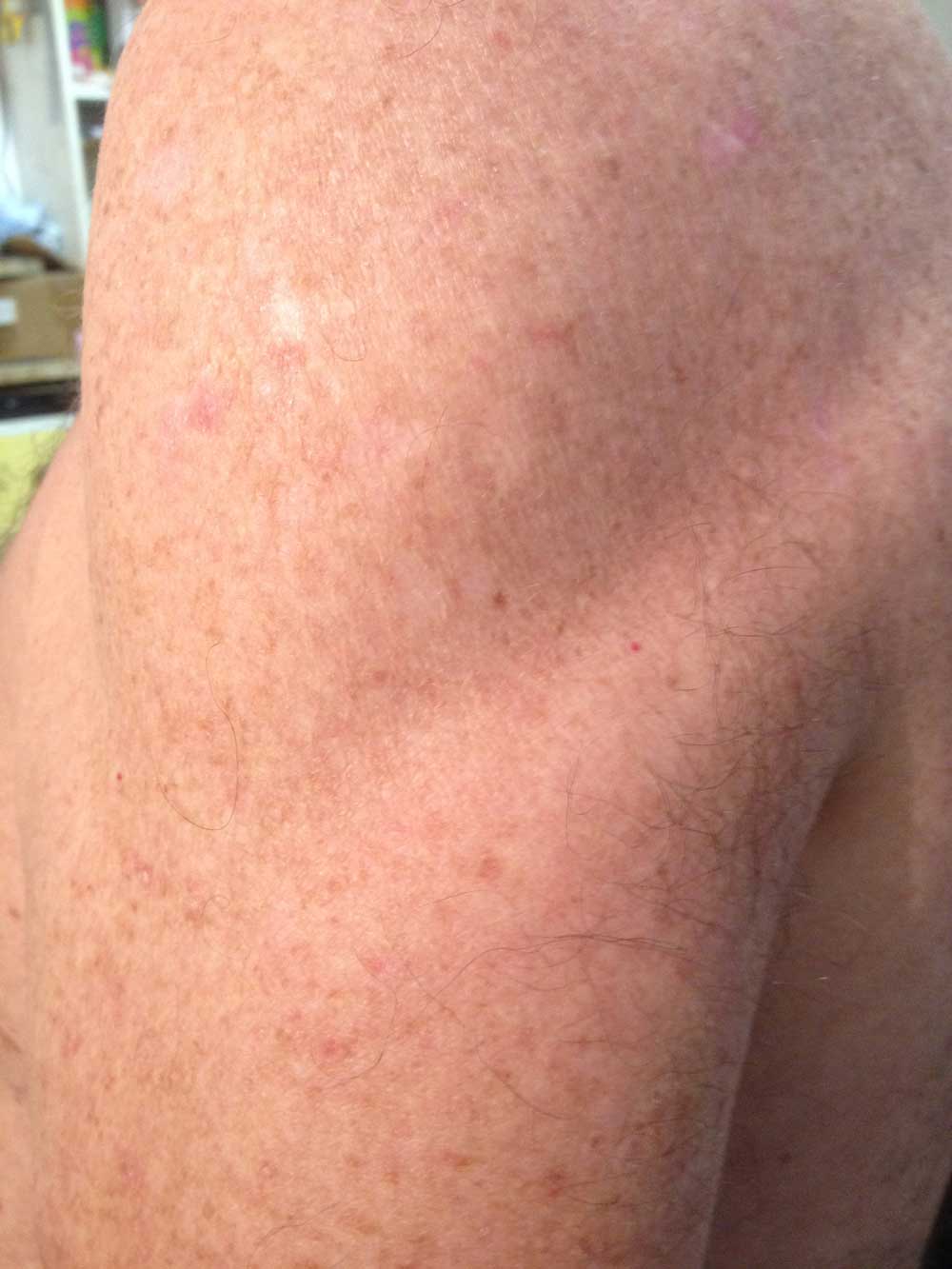
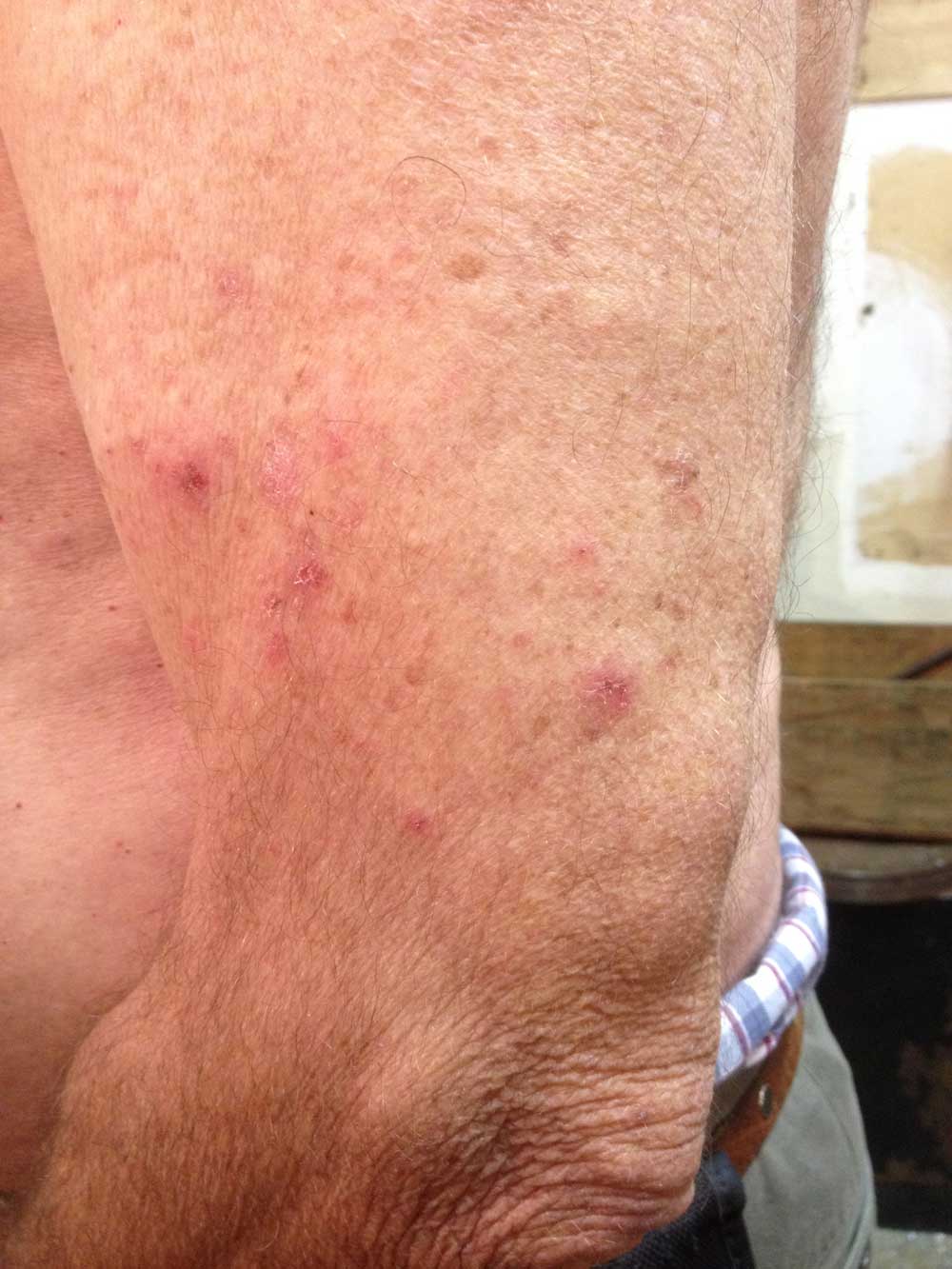
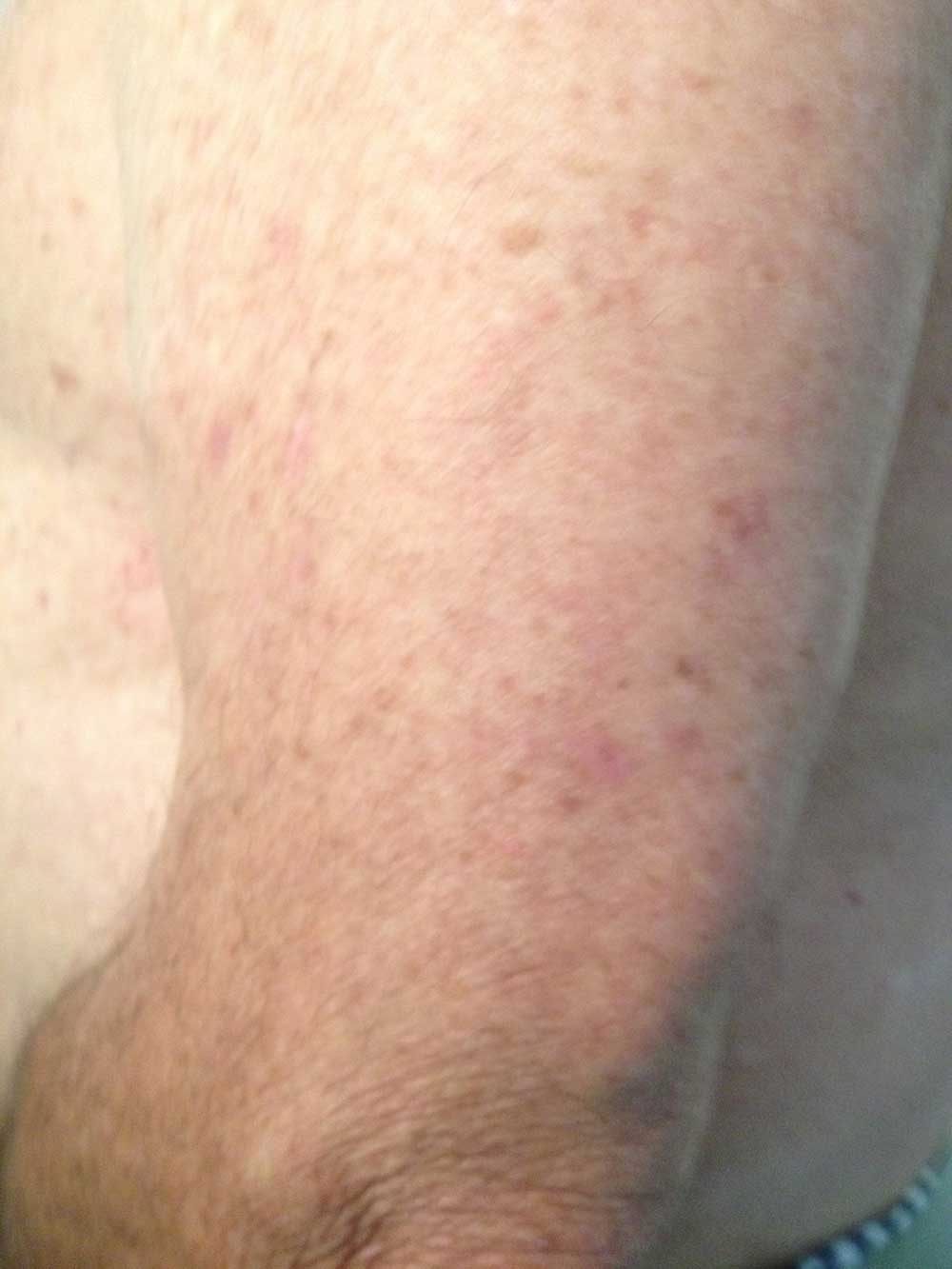
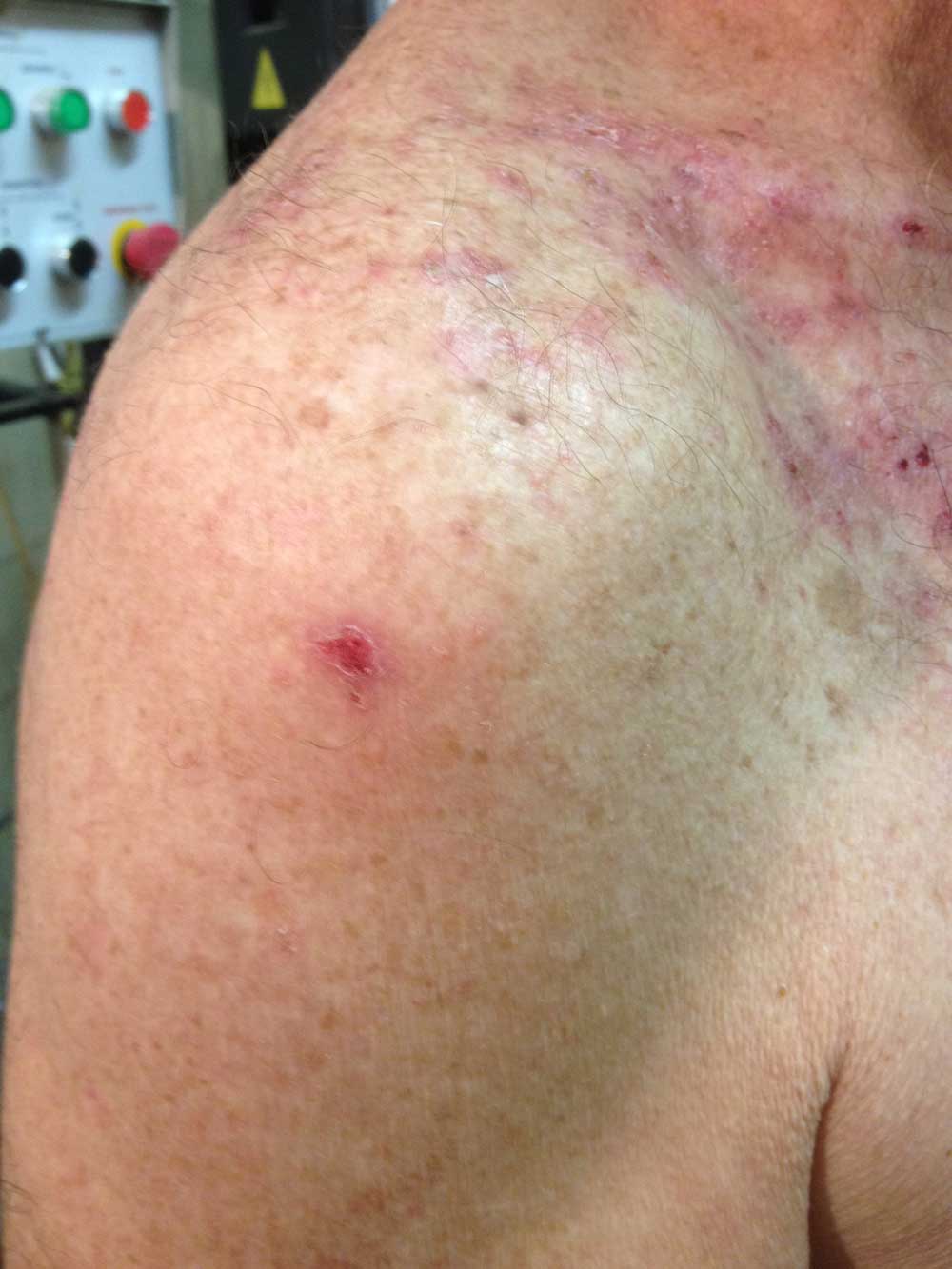

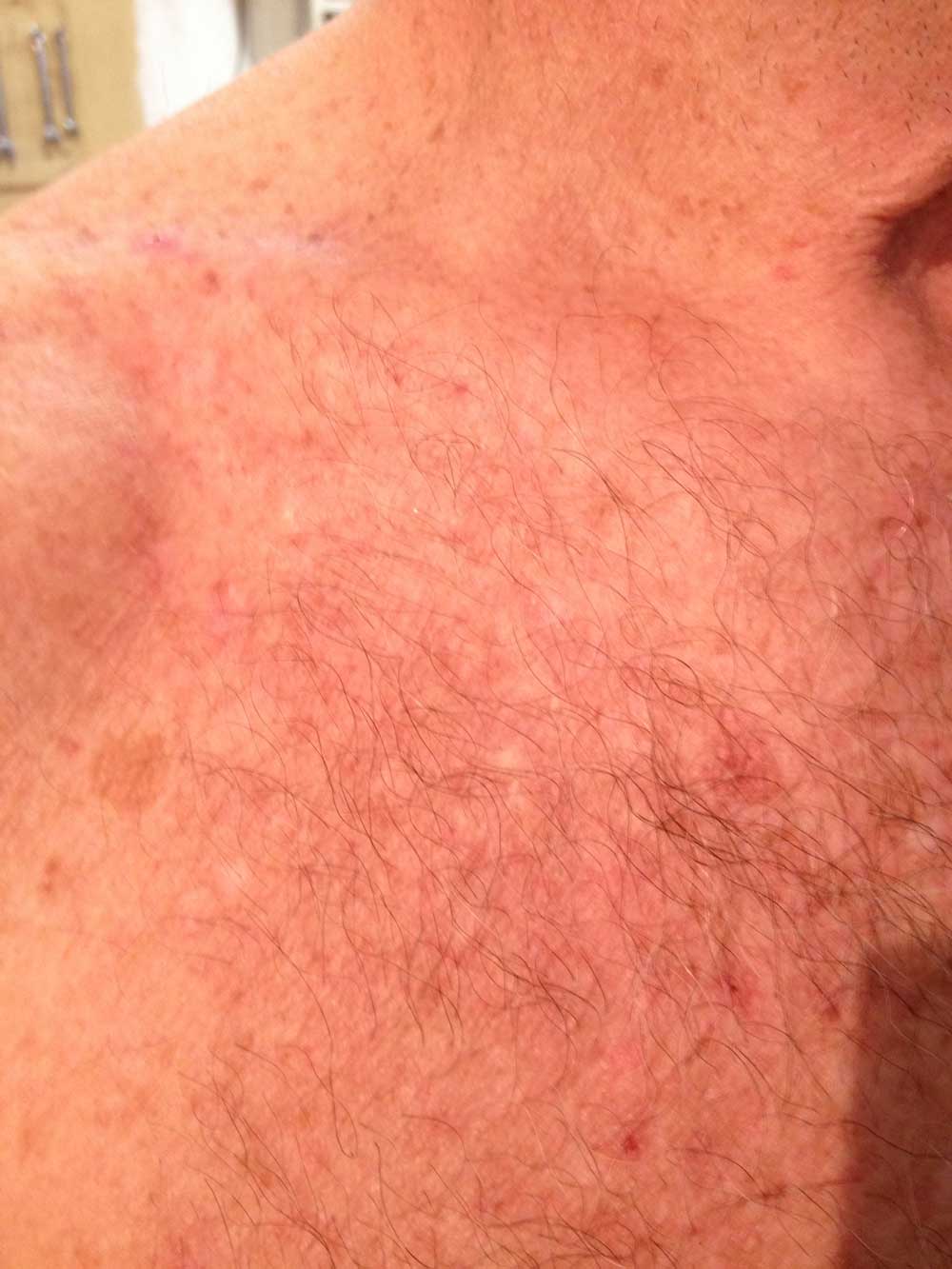
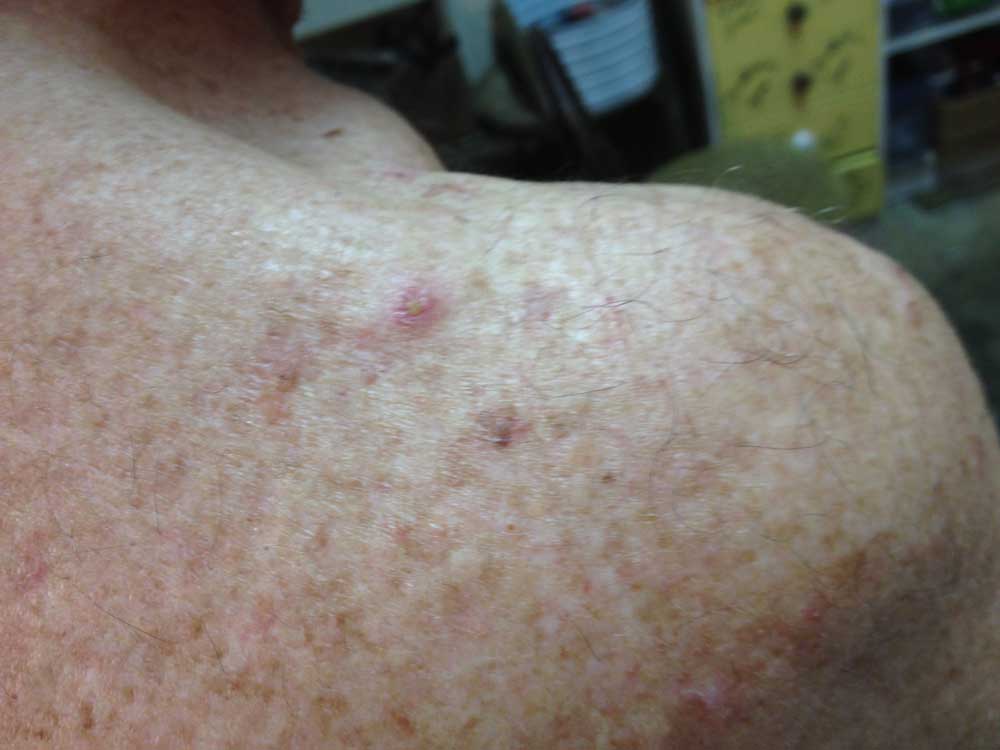

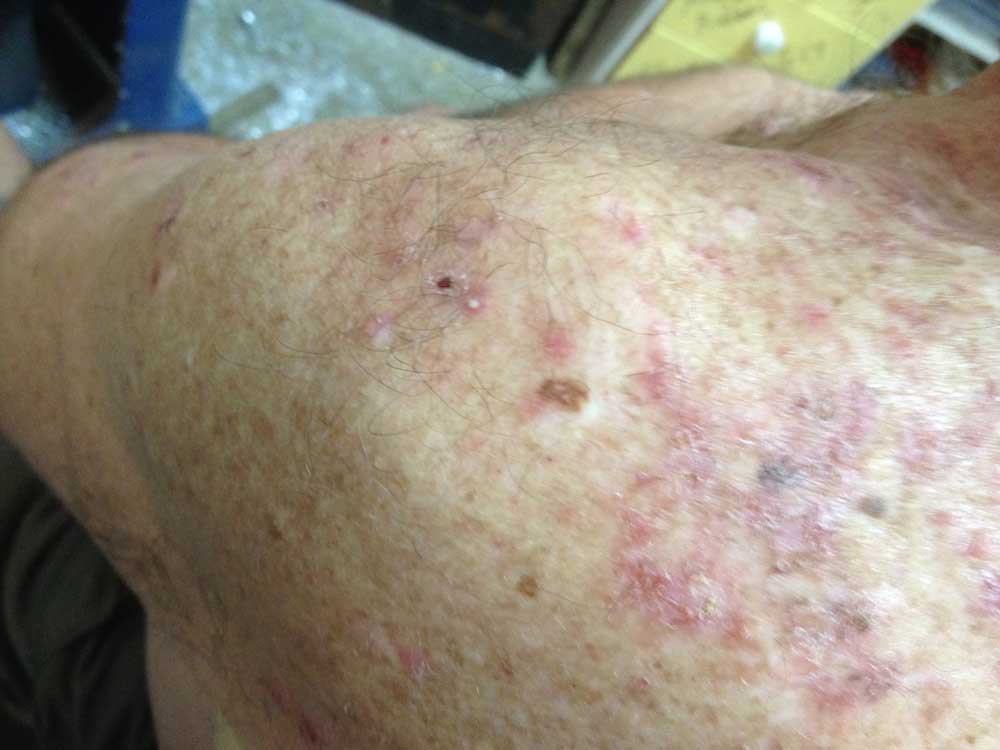



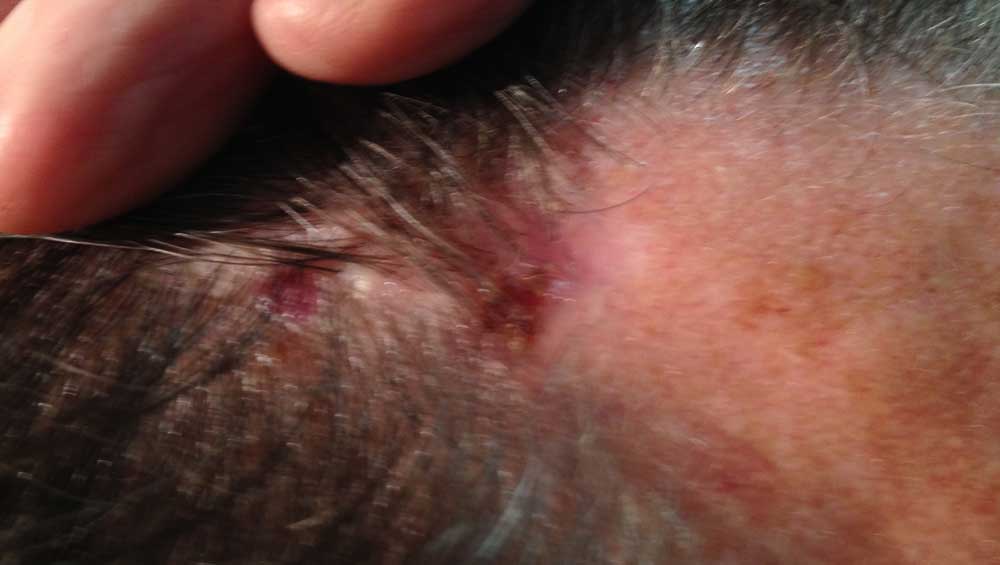

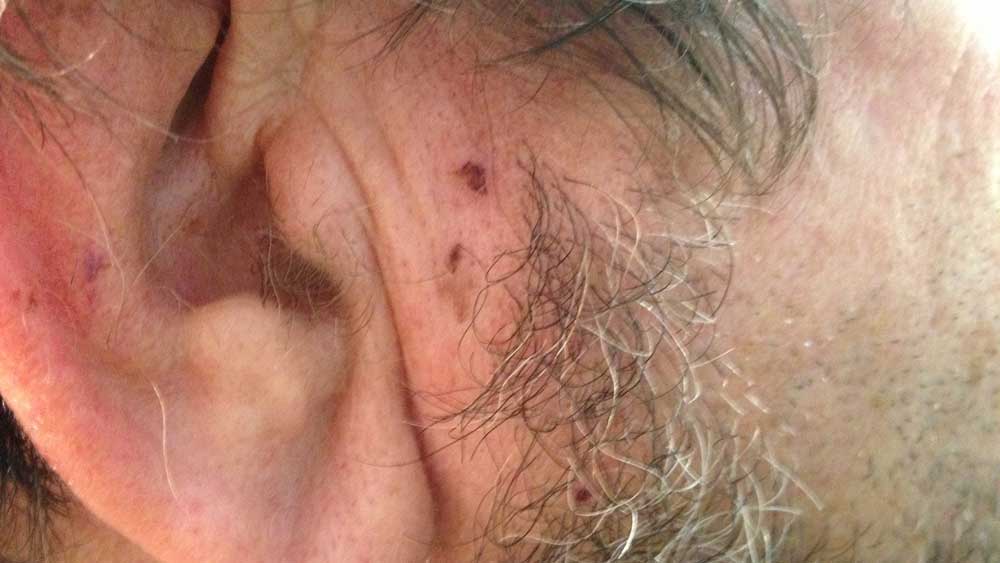
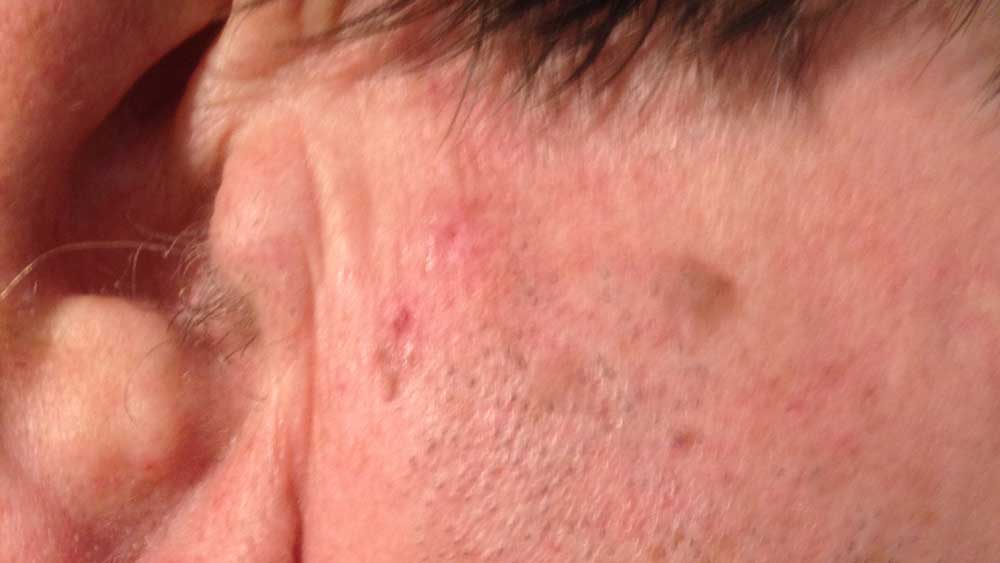 Treatment of all lesions to continue for at least one month. This page will be updated as new information becomes available
Treatment of all lesions to continue for at least one month. This page will be updated as new information becomes available